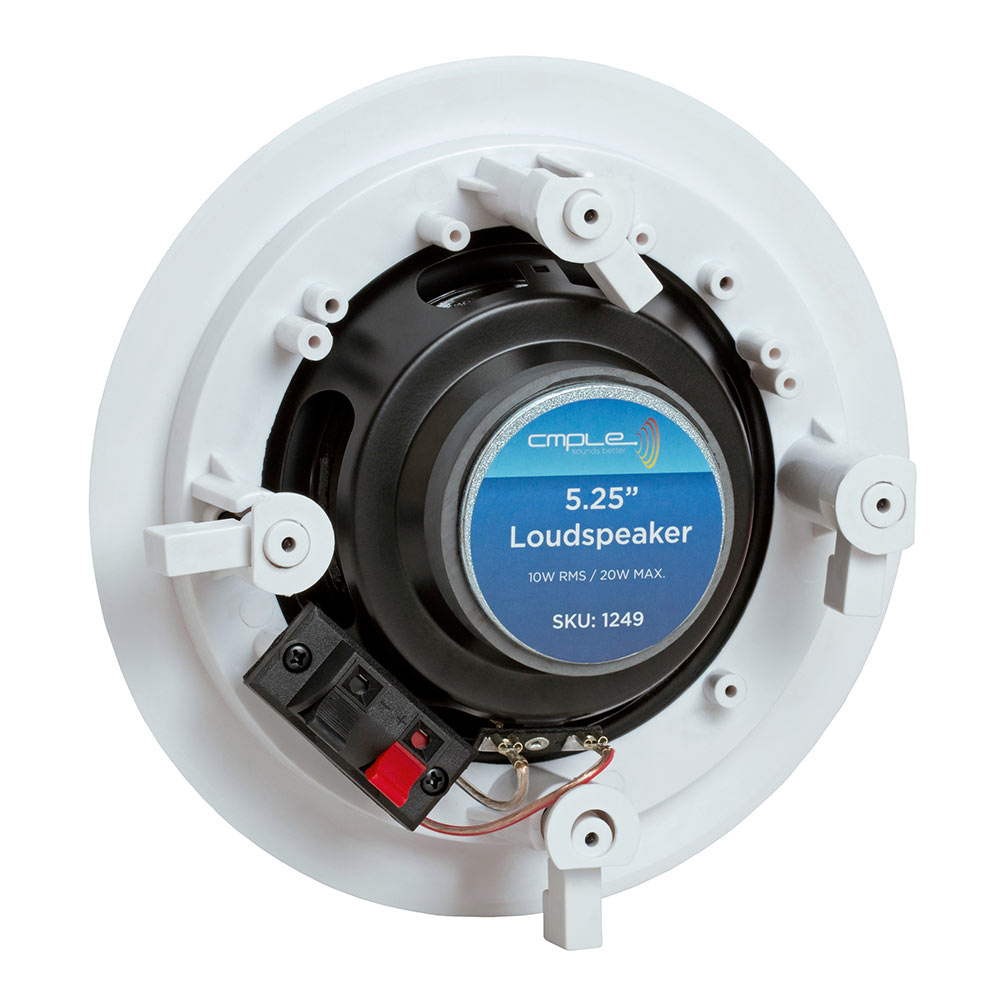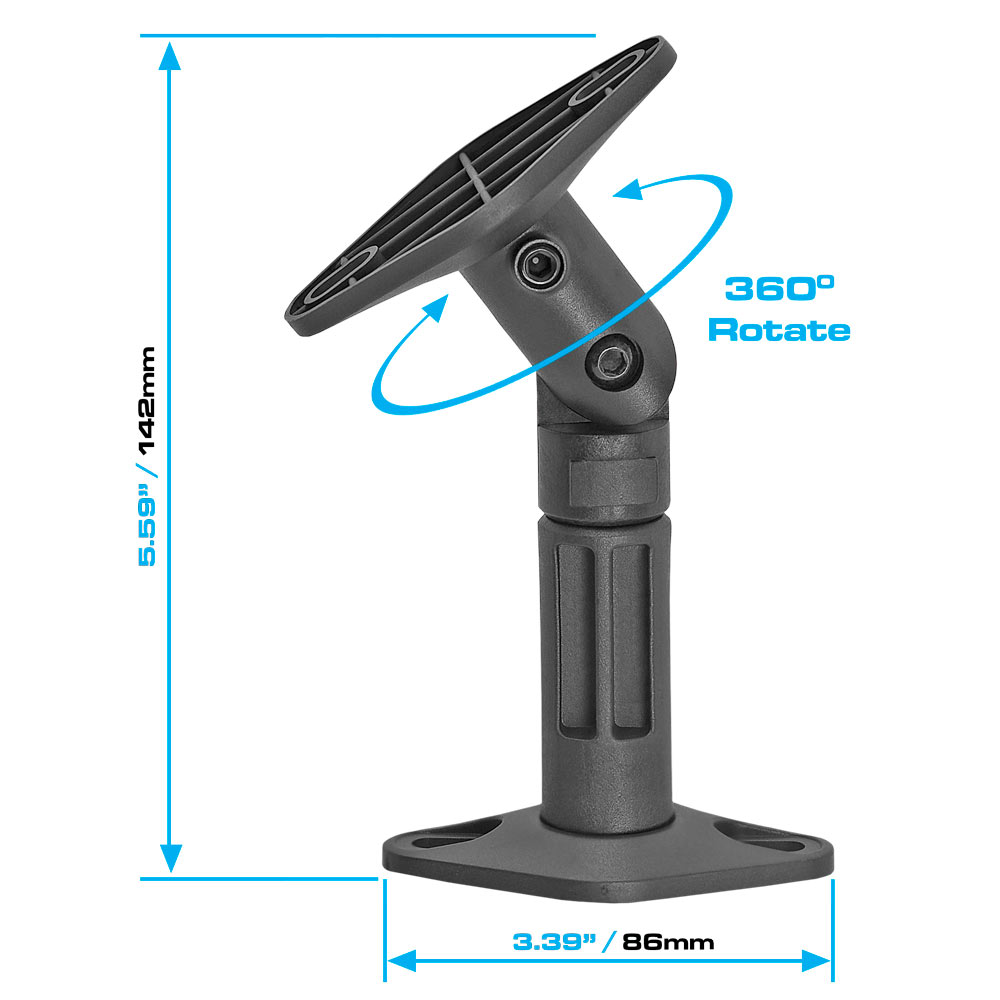Buying Speaker Mounts For Home Theater: A Full Buyers’ Guide
It’s exciting to finally build your dream home theater. It’s not unusual for people to have spent an inordinate amount of time choosing exactly the right equipment, from the HDTV monitor to the A/V receiver, from the speakers to the Blu-Ray player.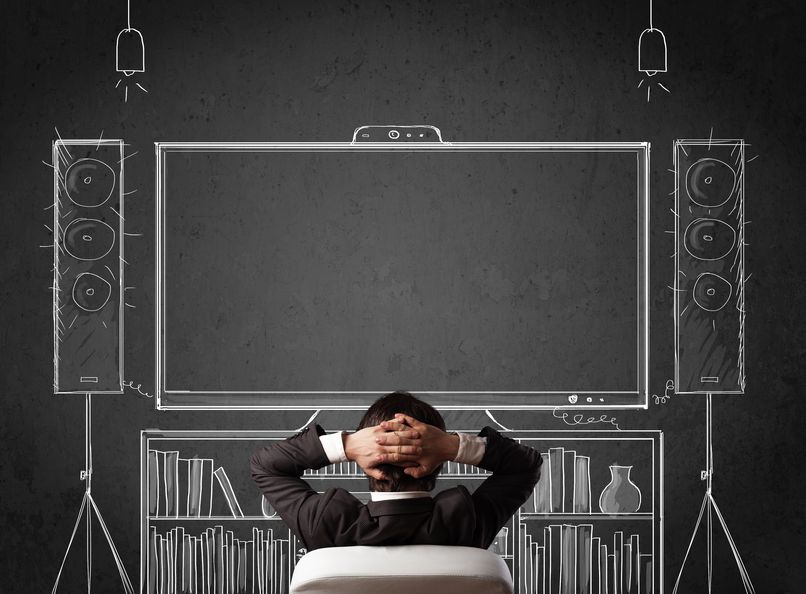
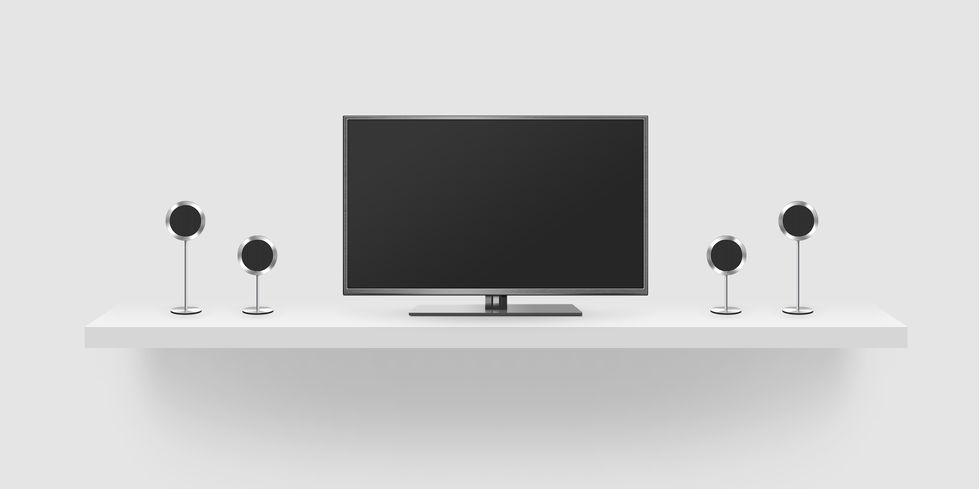
We’ll dig more into the subject of mounts after a brief refresher course on the types of home theater speakers.
Home Theater Speakers
Since we’ve already listed the types of speakers most likely to be used in your home theater, let’s get to the details.- Front Speakers: Most people think all crucial portions of a movie soundtrack are heard through the left and right front speakers. That’s an understandable misconception, since those are the two most important speakers for the delivery of stereo sound. In reality, the front speakers are responsible primarily for the music and special effects you hear when watching a movie at home. “Bookshelf” speakers or larger towers are the go-to choices for front speakers, but smaller ones can also be mounted on the wall where your video monitor is located.
- Center Speaker: It’s more important than you think. The center speaker carries almost all of a movie’s dialogue, and it’s the speaker that allows the viewer to meld the sound with what’s happening on the video screen. The center speaker is often matched to the two front speakers by their manufacturer; otherwise, make sure yours can “keep up” with the power of the front speakers by using a smaller center to match bookcase speakers, and a larger center for towers.
- Subwoofer: Responsible for the booming bass in music or the startling noises in a movie soundtrack, a powered subwoofer is usually placed according to the shape of a room and often sits on the floor. The bigger the room, the more powerful the subwoofer should be.
- Surround Speakers: The two surround speakers in a 5.1 system, or the four in a 7.1 system, are what create an immersive audio experience with ambient sounds and realistic directional audio. They are usually mounted on walls, on stands, or in the ceiling – although ceiling placement is only ideal for the newer high-resolution audio formats.
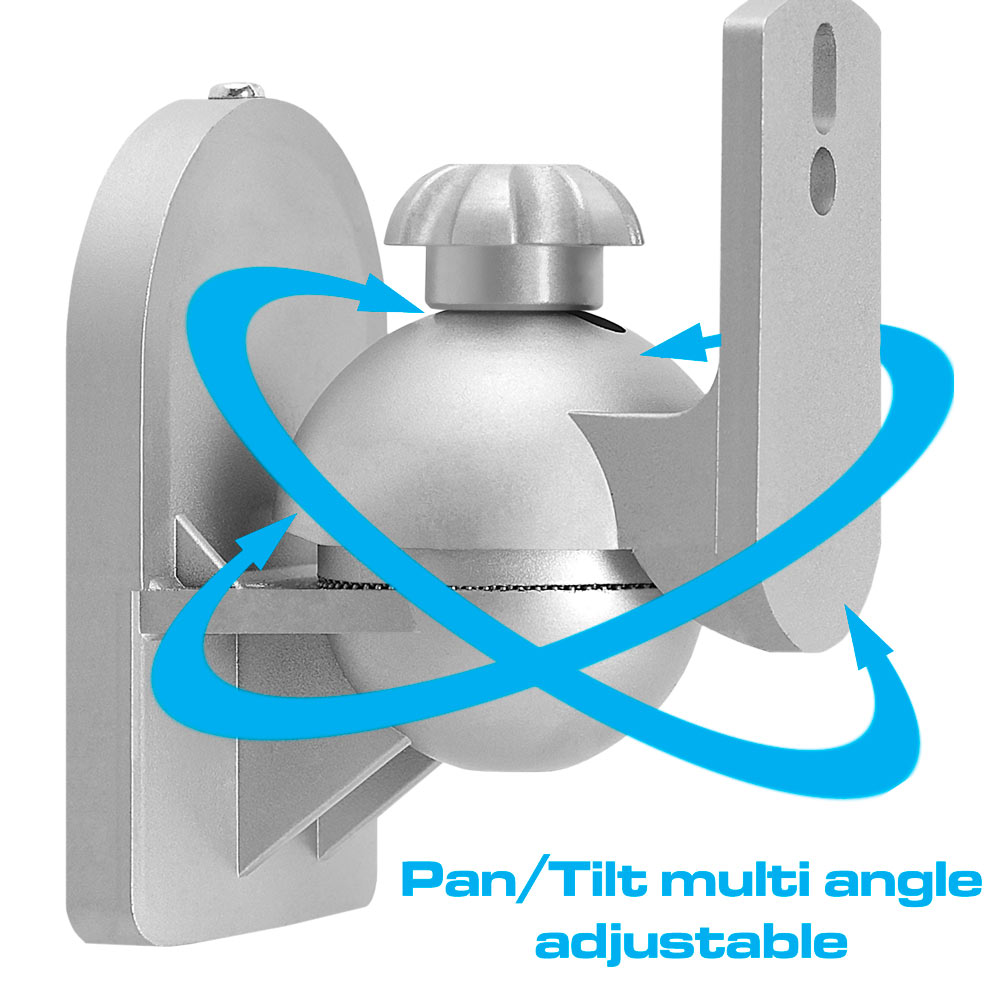
Speaker Placement
We could write an entire article about proper speaker placement. In fact, we have, and you can find our guide to speaker positioning here. What’s important for the purposes of this article, though, is to understand how critical the placement is. Poorly-positioned speakers will leave you with a home theater that doesn’t sound much better than the stereo speakers on your TV. Getting everything right will deliver the experience you expected when you decided to install a surround-sound theater system.In a nutshell, the front speakers should be no more than two feet away from the screen, at or just above the level of your ears when you’re sitting in your preferred listening spot. The center speaker ideally goes just below the screen. The two surround speakers belong to the left and right of your listening position, 12-18 inches above ear level, and if you have a 7.1 system, the extra two speakers should be placed at that same height behind your listening spot.
You can fudge those placements, naturally, but for every accommodation you make, the more you lessen the audio experience. That’s why speaker mounts or stands are so important.
Types of Speaker Mounts and Stands
You can find front and center speaker mounts that attach directly to your TV mount; the advantage to these units is that your speakers will move whenever you move the television, but the disadvantage is that they will normally handle only small speakers. You’re better off placing speakers on nearby bookshelves (that’s why they call them bookshelf speakers, after all), on stands, or mounted on the wall with the types of mounts we’ll look at next.Some surround-sound wall mounts are “fixed” models which can’t be tilted or swiveled to adjust the direction of the audio. They’re a bit less expensive, and they’re fine if you’ve carefully measured and tested your entire theater audio system. The flexibility of adjustable speakers, however, is worth the slight extra cost (and we do mean slight). They’re manufactured in either metal or plastic, most can easily handle the weight of standard surround speakers (up to about eight pounds or so), and you can make audio system tweaks at any time since the mounts can be adjusted once the speakers are installed. These mounts are often not strong enough to handle bookshelf-sized speakers, however.
A great alternative, particularly for front speakers, is a set of speaker stands. They are available in many sizes, so you can choose stands that fit small surround speakers or larger bookshelf models. They’re also the best choice for preservation of bass lines in music or booming effects in movies (because a solid stand won’t vibrate like a table or the floor). An adjustable stand is best, because it can let you set the height of the speakers properly. Be sure the stands have pads on the bottom if they’re being placed on wood floors, or spikes if they’ll be standing on carpet; this will ensure greater stability.
If you plan on mounting your speakers on the ceiling, you can use almost all models of wall mounts just by flipping them on their sides. Wall mounting is preferable, however, unless you’re adding the extra ceiling speakers required to give Dolby TrueHD and DTS Master Audio the ability to deliver ultra-realistic sound.
0
Featured products




